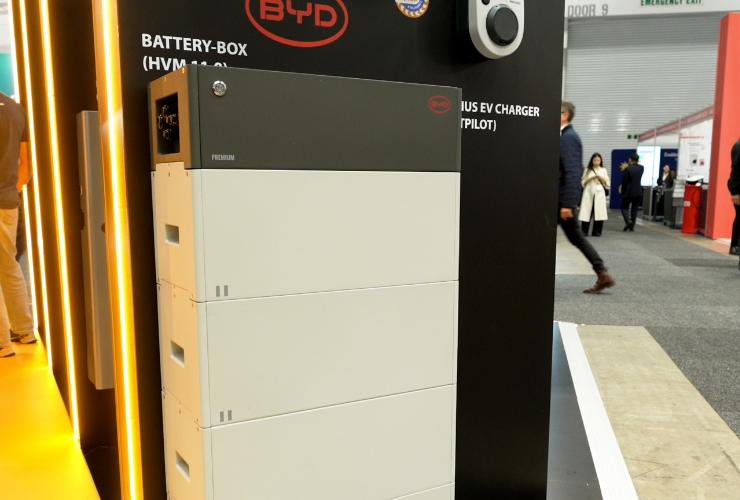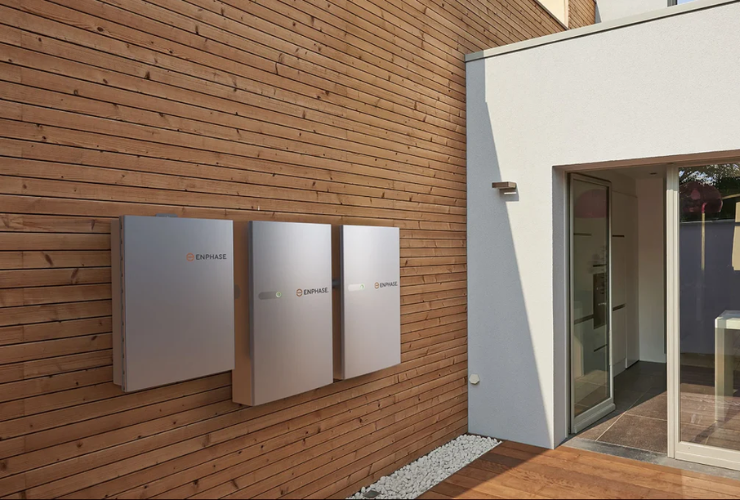Fast read
Yes, the federal government's Cheaper Batteries Program, starting 1 July 2025, strictly limits the subsidy to one battery system per household or property address. This means you can only claim the rebate once for your primary residence. While you can install a system with multiple battery units, they are treated as a single system, and you cannot claim a second rebate for future expansions.
Is there a limit to the number of batteries subsidised per household by the federal rebate?
As Australian households increasingly look to manage their energy costs and contribute to a cleaner grid, the arrival of the federal government’s Cheaper Batteries Program is a significant milestone. Many homeowners are asking practical questions to understand how they can best benefit from this new incentive. A very common and important question is whether there are limits on how many subsidised batteries a household can install.
This article provides a clear, expert explanation of the rules surrounding the number of batteries subsidised per household, helping you make an informed decision for your home’s energy future.
What is the federal Cheaper Batteries Program?
Set to launch on 1 July 2025, the Cheaper Batteries Program is a national initiative designed to make battery storage more affordable for Australian households and small businesses. It operates by expanding the existing Small-scale Renewable Energy Scheme (SRES), which has been instrumental in Australia’s world-leading adoption of rooftop solar panels.
The program provides an upfront discount, estimated to be around 30% of the battery’s cost, which works out to be approximately $335 to $372 per kilowatt-hour (kWh) of usable battery capacity in its first year. For a typical 10kWh battery, this could mean a saving of over $3,300. The subsidy amount is designed to decrease annually until the program concludes in 2030.
To be eligible, the battery system must be connected to a new or existing solar PV system, have a nominal capacity between 5kWh and 100kWh, and be on the Clean Energy Council’s (CEC) approved product list.
The official rule: One subsidy per household
The official guidelines released by the government are clear: support will be provided for one battery system at a single premises. This is often expressed as “one rebate per address” or “one rebate per electricity meter”.
This means a household cannot install one battery, claim the rebate, and then install a second battery a year later and claim another rebate for the same property. The policy is intended to ensure that the benefits of the subsidy are distributed as widely as possible among Australian households, rather than being concentrated among a few.
If you own multiple properties, such as a home and a holiday house, you can claim one rebate for each property, provided each has its own solar panel system and meets all other eligibility criteria.
Can I install multiple batteries at once and still get the rebate?
Yes, you can install a system composed of multiple battery units, but it will be treated as a single “battery system” for the purpose of the rebate. For example, some homeowners may opt for a modular system where several smaller battery units are stacked together to achieve a desired total capacity.
A great illustration of this is a high-capacity setup. You might install a system with two 10kWh batteries for a total of 20kWh. This is considered one system, and you would receive the subsidy based on the total 20kWh of usable capacity. Innovative and modular systems, such as those from Sigenergy, are well-suited for this, allowing homeowners to build a right-sized system from the start.
However, it’s crucial to understand the upper limit. While you can install a battery system with a nominal capacity of up to 100kWh, the federal rebate only applies to the first 50kWh of usable capacity. So, if you installed a 60kWh system, you would receive a subsidy calculated on 50kWh, not the full 60.
What if I already have a battery?
The rules cater for homeowners who are early adopters of energy storage. If you already have a battery system that was installed without receiving a rebate under the Cheaper Batteries Program, you may be eligible to claim the subsidy on a new battery.
This could apply in two scenarios:
- Adding a new battery: You can add a new battery with at least 5kWh of capacity to your existing setup.
- Replacing an old battery: You can replace your old unit with a new, eligible battery system.
In both cases, you can claim the rebate for the new capacity being installed, as long as it’s the first time a rebate has been claimed at that address.
Why getting the size right from the start is crucial
The “one rebate per property” rule makes your initial system design and sizing decision more important than ever. Because you cannot claim a second rebate for a future upgrade, it is vital to choose a battery system that will meet not only your current needs but also your anticipated future requirements.
Consider factors like:
- Future energy use: Do you plan on buying an electric vehicle (EV) in the next few years? Are you considering replacing gas appliances with electric ones, like a heat pump hot water system?
- Energy independence: How many days of backup power do you want during a grid outage?
- VPP participation: Do you want to join a Virtual Power Plant (VPP) to earn extra income from your battery? On-grid systems must be VPP-capable to be eligible for the rebate, though joining one is optional.
Working with a Solar Accreditation Australia (SAA) accredited installer is essential. They can perform a detailed analysis of your energy consumption patterns and help you select the right-sized system, perhaps a robust hybrid inverter and battery combination like those offered by Sungrow, to maximise your investment from day one.
Final thoughts: Plan for the long term
The federal government’s Cheaper Batteries Program is a game-changing opportunity for Australian households to embrace energy storage. The key takeaway is that the program is designed for broad participation, with a strict limit of one subsidy per household. This policy encourages homeowners to think strategically and plan for the long term when investing in a battery.
By carefully considering your future energy needs and working with an accredited professional, you can select a system that maximises the benefit of this one-time rebate, lowers your power bills for years to come, and enhances your energy independence.
If you are feeling uncertain about where to start or how to find a trusted local expert, platforms like Your Energy Answers can connect you with accredited installers who can provide tailored advice for your specific circumstances, ensuring you make a confident and informed decision.





